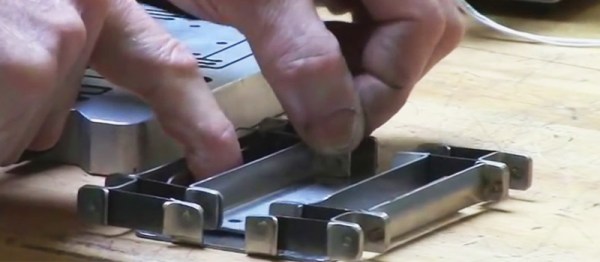Circuit bending is the process of taking a small electronic toy or musical instrument, soldering wires to pads on the PCB, and hoping the sounds it produces will be cool. It’s not a science by any means, and any good, weird sounds you’ll get out of a Speak ‘N Spell or old MIDI keyboard are made entirely by accident or hours and hours of experimentation.
[Alpha Charlie]’s entry for the Hackaday Prize is the most technologically advanced circuit bending you’ll ever see. He’s using an old digital beat box, the Roland TR-626, with computer-controlled wires between random pads on the PCB.
Until now, you could tell how technically adept a circuit bender was simply by how many switches were on the circuit-bent instrument. [Alpha Charlie] doesn’t need switches. Instead, he’s using a few crosspoint switch ICs to connect different pins and pads on the TR-626’s PCB with an Arduino. All of this is controlled by a touchscreen display, and experimenting with the circuit is as simple as pushing a few buttons. Each ‘bend’ is computer controlled, and can be saved and recalled at will.
Of course, circuit bending doesn’t do anyone any good if it sounds like crap. [Alpha Charlie] doesn’t have to worry there. In the video below, he’s getting some very unique sounds that sound like a choir of angels to dorks like myself that listen to Nintendo music.
Continue reading “Hackaday Prize Entry: Ultimate Circuitbending”


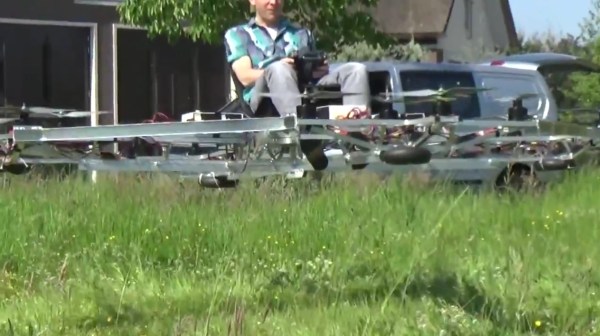



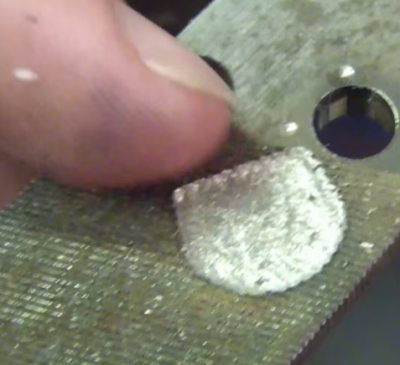 As you can imagine, a single spark won’t erode much metal. EDM machines fire tens of thousands of times per second. The exact frequencies, voltages, and currents are secrets the machine manufacturers keep close to their chests. [SuperUnknown] is zeroing in on 65 volts at 2 amps, running at 35 kHz. He’s made some great progress, gouging into hardened files, removing broken taps from brass, and even eroding the impression of a coin in steel.
As you can imagine, a single spark won’t erode much metal. EDM machines fire tens of thousands of times per second. The exact frequencies, voltages, and currents are secrets the machine manufacturers keep close to their chests. [SuperUnknown] is zeroing in on 65 volts at 2 amps, running at 35 kHz. He’s made some great progress, gouging into hardened files, removing broken taps from brass, and even eroding the impression of a coin in steel.
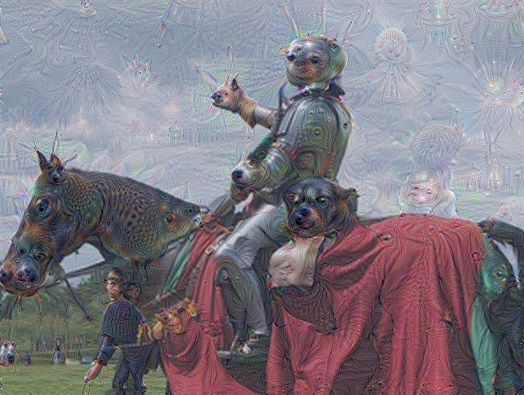 mind, however, is a simple question Google asked, and the resulting answer. To better understand the process, they wanted to know what was going on in the inner layers. They feed the network a picture of a truck, and out comes the word “truck”. But they didn’t know exactly how the network came to its conclusion. To answer this question, they showed the network an image, and then extracted what the network was seeing at different layers in the hierarchy. Sort of like putting a serial.print in your code to see what it’s doing.
mind, however, is a simple question Google asked, and the resulting answer. To better understand the process, they wanted to know what was going on in the inner layers. They feed the network a picture of a truck, and out comes the word “truck”. But they didn’t know exactly how the network came to its conclusion. To answer this question, they showed the network an image, and then extracted what the network was seeing at different layers in the hierarchy. Sort of like putting a serial.print in your code to see what it’s doing.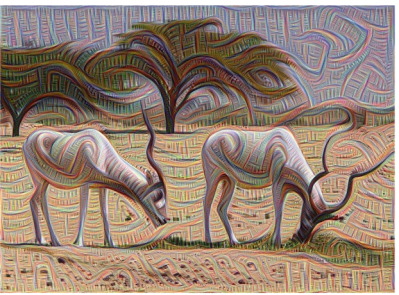 This technique gives them the level of abstraction for different layers in the hierarchy and reveals its primitive understanding of the image. They call this process
This technique gives them the level of abstraction for different layers in the hierarchy and reveals its primitive understanding of the image. They call this process 